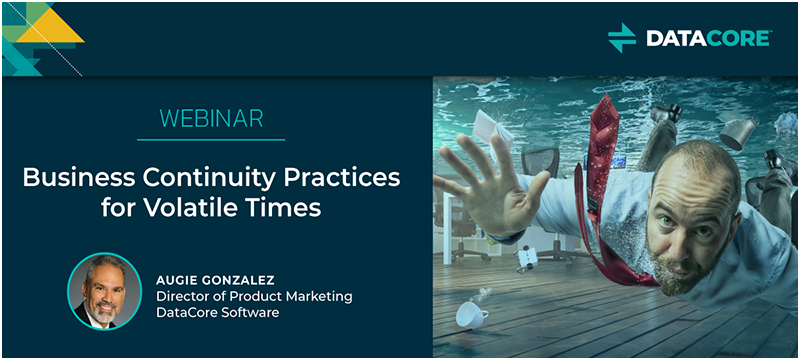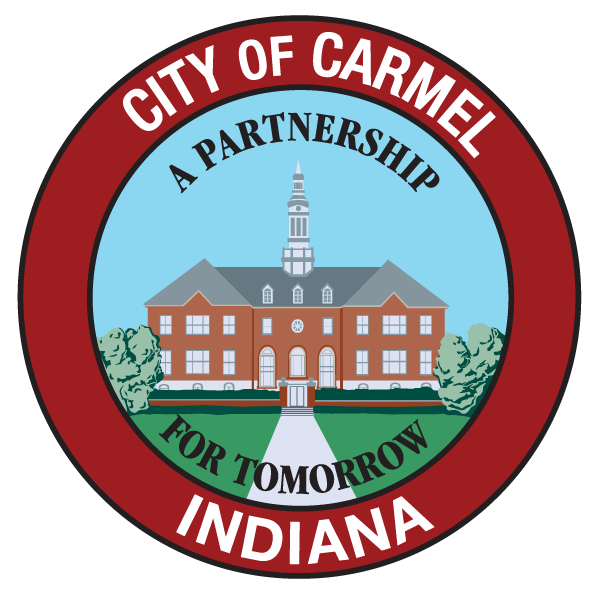Bypass Failures (HA)
Recover Remotely (DR)
Point-in-Time Restore
Circumvent Outages
Minimize Data Loss
Avoid Downtimes
Maintaining uninterrupted IT operations under the constant threat of equipment failures and site outages requires new business continuity measures – particularly as the number, types and locations of data storage devices involved grows, and their importance escalates.
Those business continuity and disaster recovery (BC/DR) services that rely on the intrinsic resiliency of highly available devices tend to fail miserably in heterogeneous IT environments.
What works in one storage system might not fit another, and their mutual incompatibilities make designing an overarching BC/DR plan all the more difficult.
- How well does your BC/DR plan adapt to changing conditions?
- How do you protect against failures of diverse storage components?
- How do you resume business operations in the event of larger outages (e.g., power, fire, floods, etc.)?
- How do you restore to the last healthy/known good data state?
- What is your last healthy/known good data state?
- How do you replace failing or aging storage hardware without impacting business operations?
3 Lines of Defense to Avoid Storage Downtime
SANsymphony Software-Defined Storage (SDS) from DataCore uses three proven data replication and data backup principles for mitigating the risks and preventing or reducing the effects of storage equipment failures and site outages. You can incorporate these three BC/DR principles for your new or existing distributed and diverse SAN and HCI environments. Once implemented, they help you to prevent downtime and maintain uninterrupted data access for continuous business operations.
No organization is immune to failures or outages, and when one occurs, IT teams will be under enormous pressure to restore operations fast. With SANsymphony, you can enhance your business continuity and disaster recovery preparedness to address unexpected outages and disasters and weather through these disruptive events.
Bypass Failures (HA)
Addresses smaller problems such as when one system or some of its components fail. Replicating data within a site or metro cluster in real time along with automatic fail over to the second copy ensures continuous data access without data loss.
Recover Remotely (DR)
Addresses larger outages (e.g., flood, fire, or power outages) that impact an entire region. Creating replicas in a remote/DR site can help quickly restore access and minimize the loss of in-flight data from that remote location.
Fall Back to Last Known Good State
Enables recovery from unwanted changes, such as accidental data deletion, logic errors (bugs) or external attacks. Point-in-time backups and snapshots ensure that when such unforeseen events occur, data can be restored from a trusted copy.
Key Benefits
- Continuous business operations despite equipment failures
- Fast recovery from major outages
- Immediately applicable to existing storage
- Uniform high-end data protection services across diverse storage equipment
- Non-disruptive technology refresh and expansion

Enable Recovery at a Remote Secondary/Disaster Recovery (DR) Site
To mitigate the impact of regional outages due to a disaster, SANsymphony asynchronously replicates data over a WAN between the primary site and the remote/DR site to achieve data redundancy. Longer network latency over these long distances precludes synchronous data copies. Data replicated to the DR site is available by application or users when conditions dictate switching over to the contingency infrastructure. This failover, as well as the resynchronization and failback after the original cause has been repaired, can be automated.
Business Continuity Practices for Volatile Times

Ensure Point-in-Time Recovery of Data
Recovery from events such as accidental data deletion, ransomware attacks, and logic errors cannot be addressed through data replication because the unintended changes also apply to the redundant copy. Under these circumstances, one must rely on point-in-time copies made before the unwanted changes occurred. Popular backup tools provide one way of data protection to recover from such incidents. Also, snapshots could be used as a recovery point for data.
RPO, RTO and RTA: The Storage Trifecta
That Impacts Business Resiliency
Your BC/DR Preparation Starts with Proper Planning
DataCore-authorized partners around the world are ready to assist you formulate practical and affordable BC/DR plans that take full advantage of the diverse equipment and facilities at your disposal. They typically structure the plans as follows:
- Business continuity planning encompasses strategies to ensure that your business can operate with little to no downtime and while delivering continuous and secure data access. This includes techniques for non-disruptive hardware decommissioning and technology upgrades.
- A disaster recovery plan describes methods to ensure that data access is restored as quickly as possible in the event that your data center, storage, or other infrastructure goes down, is damaged, or destroyed.
Get started with the cornerstone of the next-generation, software-defined data center
Additional Resources
No More Downtime.
Superior App Performance.
Low Storage TCO.
Join thousands of IT pros who have benefitted from DataCore solutions.
“DataCore is definitely one of the main reasons our mission-critical apps run faster; the SANsymphony caching and performance acceleration capabilities play a vital role.”
